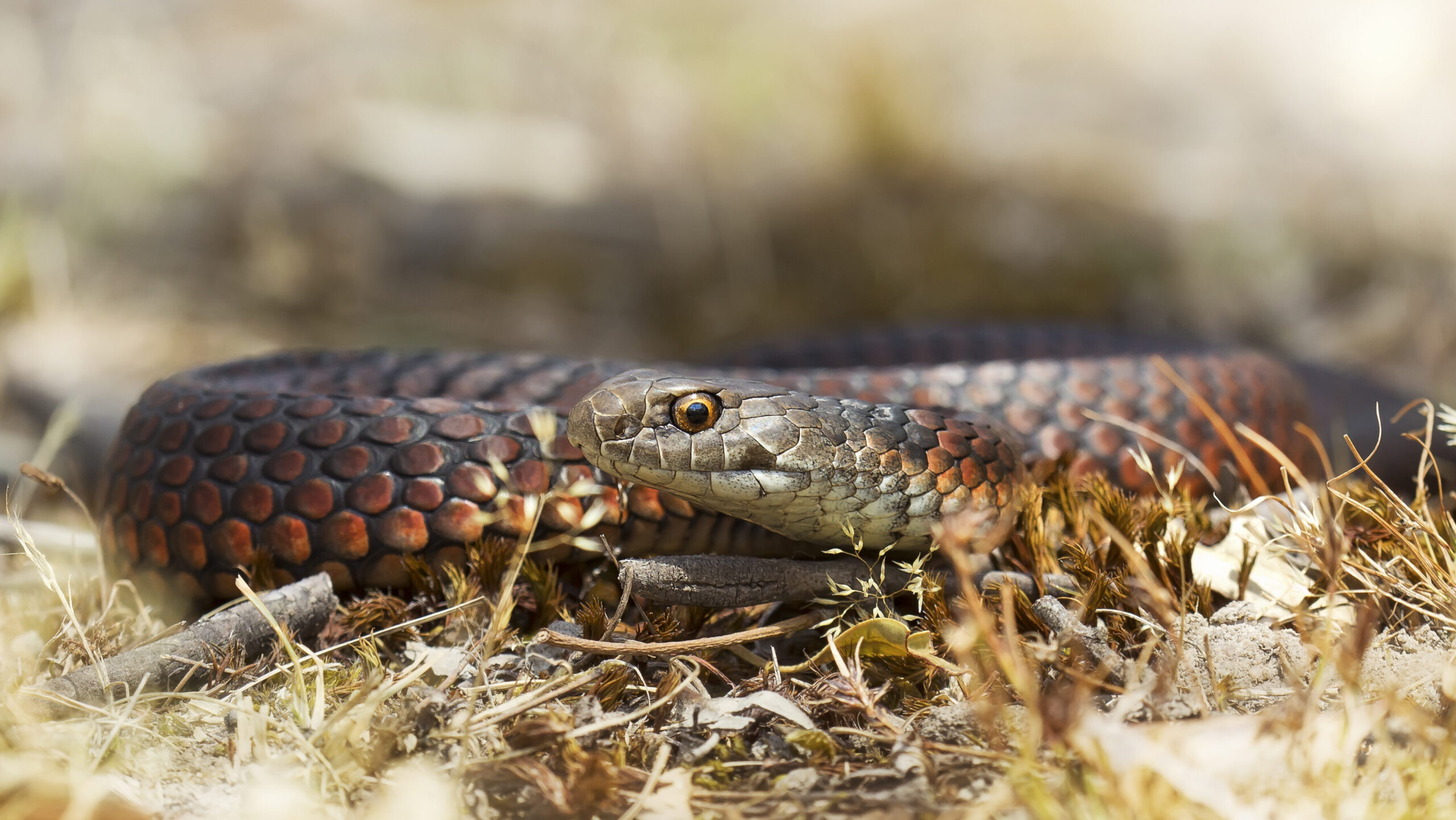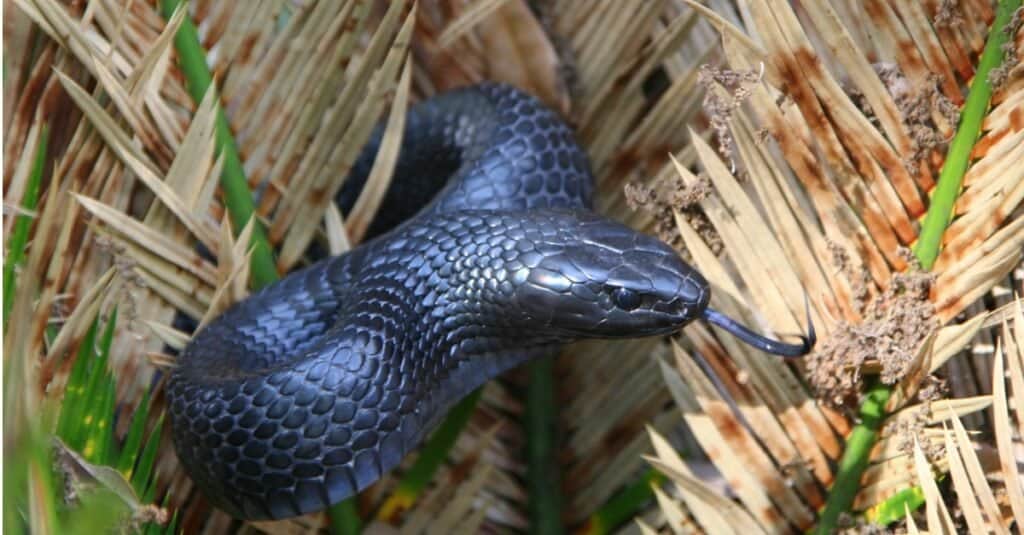Introduction
When it involves poisonous snakes, Australia is home to several of one of the most remarkable and unsafe types in the world. Among these, the Tiger Snake attracts attention not just for its potent poison however likewise for its intriguing habits. Recognizing the behavior of poisonous serpents like the Tiger Snake is crucial for both wild animals enthusiasts and those staying in locations where these serpents exist. This article delves into numerous aspects of Tiger Snake behavior, environment, recognition, safety measures, and first aid practices in case of a snake bite.
Understanding the Behavior of Venomous Snakes Like the Tiger Snake
The Tiger Snake, medically known as Notechis scutatus, is well-known for its hostile nature when threatened. These snakes show a variety of habits that can be rather different from their non-venomous counterparts.
Characteristics of Tiger Snakes
The Tiger Snake is conveniently identifiable because of its distinctive bands or red stripes that resemble a tiger's markings. They can differ in shade from yellowish-brown to dark olive or black. This coloration serves not only as camouflage yet additionally as a caution signal to potential predators.

Adaptability to Environment
One amazing element of their actions is their flexibility to different atmospheres. Located mainly in coastal regions, marshes, and wetlands throughout Australia and Tasmania, they can Have a peek at this website prosper in diverse habitats including urban areas.

Hunting Techniques
Tiger Serpents are ambush predators primarily feeding upon fish, frogs, and tiny creatures. They have keen eyesight and an intense feeling of smell which helps them in situating target effectively.
Venom Composition
Their venom contains neurotoxins that impact the nervous system, causing paralysis or death in smaller sized animals. For people, instant clinical attention is crucial after a tiger snake bite due to its possibly deadly effects.
Natural Habitat of Tiger Snakes
Preferred Locations
Understanding where these serpents live clarify their behavioral patterns. The tiger serpent habitat includes:
- Coastal regions Swamps Grasslands Urban locations with bountiful water sources
Seasonal Movements
During warmer months, Tiger Snakes are a lot more active as they indulge in sunshine or hunt for food. On the other hand, colder months see them pulling away right into hibernation sites.
Are Tiger Snakes Venomous?
Yes! The inquiry "are tiger serpents venomous?" typically emerges among those not familiar with this types. Their venom is taken into consideration one of the most dangerous amongst all snake varieties worldwide.
Symptoms of a Tiger Snake Bite
If bitten by a tiger serpent, signs and symptoms may consist of:
- Localized pain Swelling at the bite site Nausea and vomiting Sweating and confusion
Immediate medical help is essential as unattended bites can lead to serious health issues or even death.
First Aid for Serpent Bites: Quick Reaction Guide
Knowing how to administer first aid for a serpent bite might conserve someone's life. Below's what you must do:
Step 1: Continue to be Calm
Keeping calmness helps slow down heart price which minimizes venom spread.
Educating about venomous snakesStep 2: Paralyze the Affected Area
Keep the impacted limb still and below heart level if possible.
Step 3: Call Emergency Services
Always seek expert clinical aid right away after a snake bite.
First Help for Snake Bite Package Essentials
A well-appointed snake bite first aid kit must consist of:
- A compression bandage Antiseptic wipes A set of scissors An ice bag
Safety Preventative measures: Preventing Snake Bites in Australia
Awareness Programs
Educating neighborhoods regarding neighborhood snake varieties and their habits can dramatically lower experiences leading to bites.

Avoiding Harmful Areas
Staying far from long grass throughout warmer months lessens contact with serpents that might be relaxing or hunting.
Common Misconceptions Concerning Tiger Snakes
Many people think mistaken beliefs regarding the habits of tiger snakes bring about unneeded worry. Right here are some explanations:
Myth 1: All Tigers Are Aggressive
Not all tiger snakes will certainly show aggression if left uninterrupted; many favor taking off instead of confrontation.
Myth 2: They Chase Humans
Tiger snakes do not proactively go after humans; they might strike when they really feel intimidated however will typically retreat if provided space.
Conservation Efforts Connected to Venomous Snakes
Conservation initiatives focus on educating neighborhoods about safeguarding regional wildlife while minimizing human-snake interactions.
Importance of Ecosystems
Understanding that venomous snakes play a vital duty in preserving eco-friendly equilibrium assists foster appreciation as opposed to worry in the direction of them.
FAQs Regarding Tiger Snakes
What needs to I do if I encounter a tiger snake?- Maintain range and slowly retreat without sudden movements.
- While bites aren't incredibly typical as a result of awareness initiatives, they still happen annually within Australia.
- Baby tiger snakes can deliver complete dosages of venom in spite of being smaller; thus care is suggested around them.
- They mostly take in frogs, fish, tiny creatures like rodents, and various other reptiles.
- It's illegal in a lot of jurisdictions without appropriate licensing as a result of safety concerns concerning their venom.
- Wear strong boots and remain on significant trails; look before placing hands or feet into hidden rooms like rocks or logs.
Conclusion
Understanding the habits of venomous snakes like the Tiger Serpent not just enhances our understanding but likewise promotes safety awareness amongst those living near their habitats. From recognizing their features, recognizing first aid procedures adhering to a bite, via involving conservation initiatives-- every element plays a crucial duty in promoting coexistence with these fascinating reptiles while respecting their location within our ecosystem.
As we deepen our understanding through education and learning and experience, we contribute positively toward ensuring both human safety and wild animals preservation-- profiting all celebrations involved!